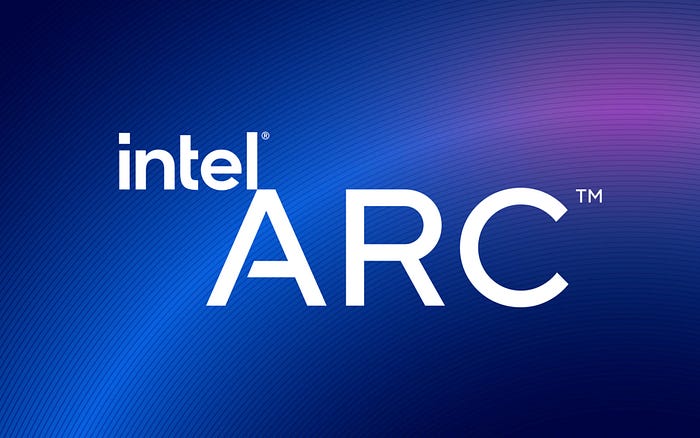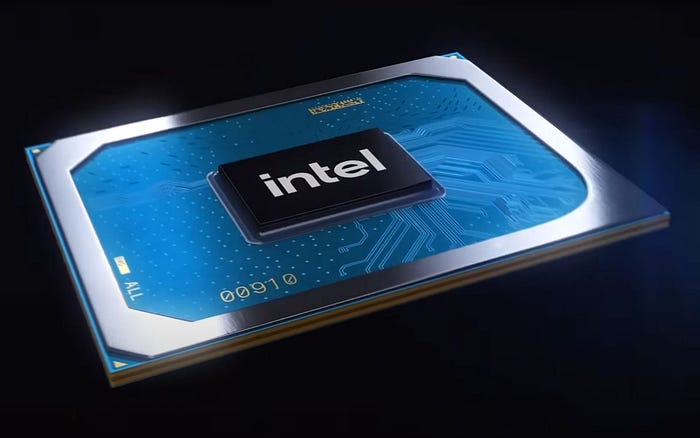Member-only story
High Hopes
Intel Getting Ready to Face nVidia and AMD
Its Arc brand will include graphics processors for desktops and laptops, roadmap revealed

It’s no secret that the nVidia/AMD duopoly could use some competition in the consumer space: for far too long all we’ve been doing is watching these two companies trying to outdo one another in specific price points while the cost of graphics cards themselves has been steadily climbing up (even before the COVID-19 pandemic made those products so hard to find). It’s not easy for any company to face AMD or nVidia with a competing product, of course, as they have both invested unthinkable resources in GPU design for more than 25 or 30 years now. But if there’s one company capable of doing that, it’s Intel — and, by the look of things, we’ll get to see just how it intends to do that in just a few months’ time.
Intel just announced its “Arc” brand name: it encompasses both the hardware and software side of the company’s discrete graphics cards and it’s meant to span multiple generations. The first of the Arc GPUs — the one previously known as DG2 — is codenamed “Alchemist” and is expected to arrive in Q1 2022. Other graphics chipsets, codenamed “Battlemage”, “Celestial” and “Druid”, will power future generations of Arc GPUs but Intel did not share more details regarding those (it will do that later in 2021).

The Arc GPU range is confirmed to support a number of modern graphics technologies such as mesh shading, variable-rate shading, video upscaling and real-time raytracing. Intel also promises to offer its own AI-accelerated super sampling function, unnamed as of yet, which will function like nVidia’s DLSS and AMD’s SFR. This is extremely important: it allows PC gamers to play demanding titles at smoother framerates by upscaling each frame from a lower resolution with minimal compromises in image quality. Needless to say, it proved to be one of the most important features of the current generation of graphics cards, maybe one of the greatest ever.

